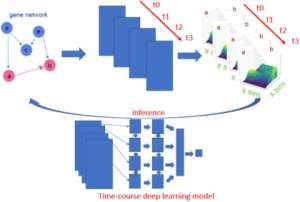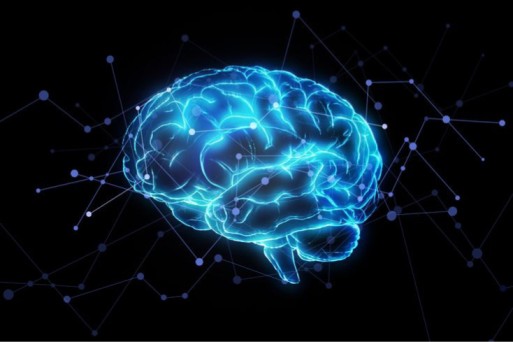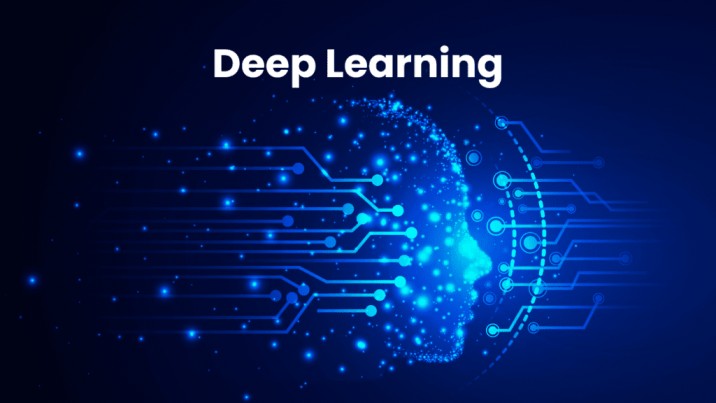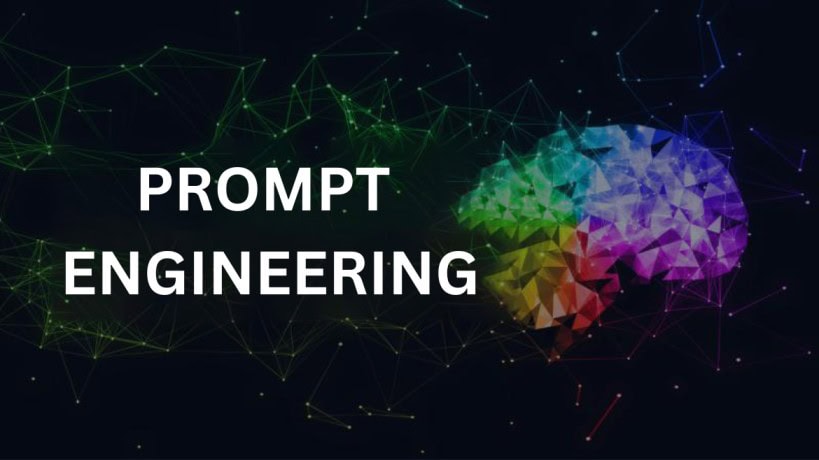When a robot defeated a human player in the well-known game of AlphaGo, deep learning (DL) became an overnight “star.” It is commonly known that deep learning techniques and training can “humanize” machines. The rapid advancement of deep learning and machine learning (ML) technology is responsible for many of the advanced automation features currently present in enterprise AI platforms. In order to get a competitive edge, AI is supported by 9 out of 10 enterprises. By 2030, AI will boost the world economy by $15.7 trillion. AI may result in the loss of 85 million jobs by 2025, but it may also generate 97 million new ones, adding 12 million employment overall. All business sectors are gradually being overtaken by AI and DL-enabled automated systems, tools, and solutions; the digital effect is evident in every aspect of business, from virtual reality to natural language processing (NLP) to marketing.
Importance of Deep Learning
Deep learning is essential because of its extraordinary precision in processing and analyzing large amounts of data. Artificial intelligence developments like self-driving cars, facial recognition, and natural language processing are made possible by it. Deep learning models, which are trained on massive datasets, can make predictions and judgments with little assistance from humans, spurring innovation in a variety of fields, including finance and healthcare. Deep learning is an essential component of contemporary technology because of its ability to tackle complicated tasks and improve over time. The pre-processing of data that is usually required for machine learning is reduced in deep learning. In addition to automating feature extraction and reducing the need for human specialists, these algorithms can ingest and interpret unstructured data, such as text and photos.
Why Choose a Deep Learning Course?
It entails layer-by-layer learning, which allows a computer to build a hierarchy of complex concepts from smaller ones. Deep learning allows a model to learn from text, audio, or image inputs directly and attain amazing accuracy—sometimes even surpassing human performance. Anyone interested in artificial intelligence and data science should take a deep learning course. Deep learning talents are in high demand across a wide range of industries, providing multiple job options. This course covers all aspects of neural networks, model training, and data analysis. It gives you the practical skills you need to solve difficult challenges, invent solutions, and remain competitive in a quickly changing technology market. Deep learning proficiency provides the door to cutting-edge research and attractive work opportunities.
Development of a career using deep learning?
According to Markets and Markets, the Deep Learning market was valued USD 2.28 billion in 2017 and is predicted to grow to USD 18.16 billion by 2023, with a Compound Annual Growth Rate of 41.7 percent between 2018 and 2023. A deep learning course accelerates your career progress by providing you with sophisticated AI abilities that are in high demand in the job market. It creates new opportunities in cutting-edge industries such as autonomous systems, healthcare analytics, and financial modeling. Mastering deep learning prepares you for positions such as AI specialist, data scientist, and machine learning engineer. This expertise not only increases your employability, but it also allows you to contribute to creative projects and progress your career in a continuously changing field.
CURRICULUM
Foundations of Deep Learning
- Introduction to Deep Learning concepts and terminology.
- History and evolution of Deep Learning.
- Significance and applications across industries.
- Basics of Neural Networks.
- Understanding activation functions and their role.
Advanced Neural Networks
- Convolutional Neural Networks (CNNs) for image processing.
- Recurrent Neural Networks (RNNs) for sequential data.
- Deep architectures like Autoencoders and Restricted Boltzmann Machines.
- Transfer learning techniques for leveraging pre-trained models.
- Attention mechanisms for improved model performance.
Training and Optimization
- Optimization algorithms such as Gradient Descent and its variants.
- Backpropagation algorithm for training neural networks.
- Regularization techniques to prevent overfitting.
- Learning rate schedules and adaptive learning rate methods.
- Batch normalization and initialization strategies for stable training.
Practical Applications and Projects
- Image classification and object detection using CNNs.
- Sentiment analysis and text generation with RNNs.
- Generative models for creating new data instances.
- Reinforcement learning for sequential decision-making tasks.
- Hands-on projects covering various real-world scenarios and datasets.







